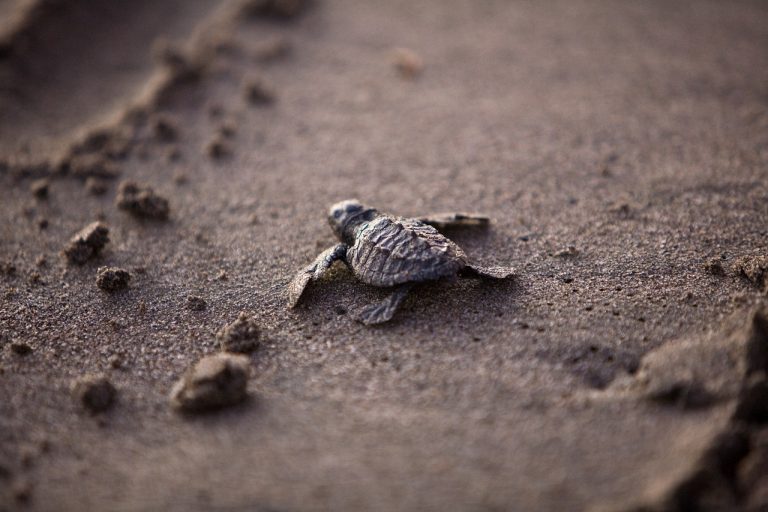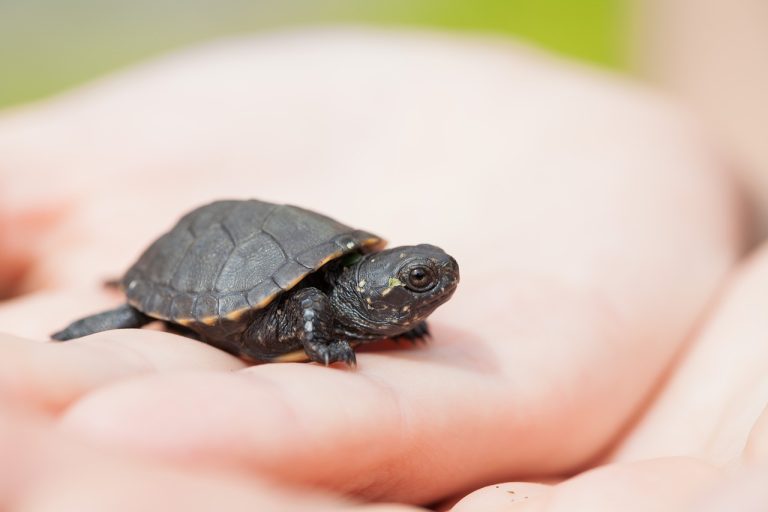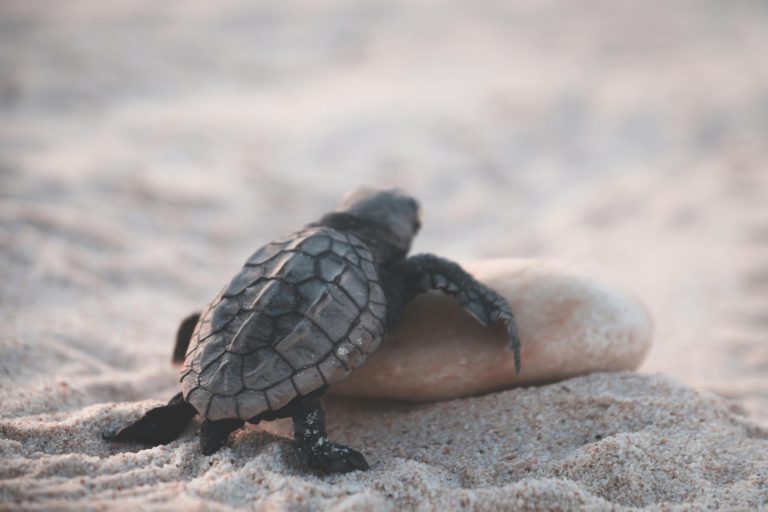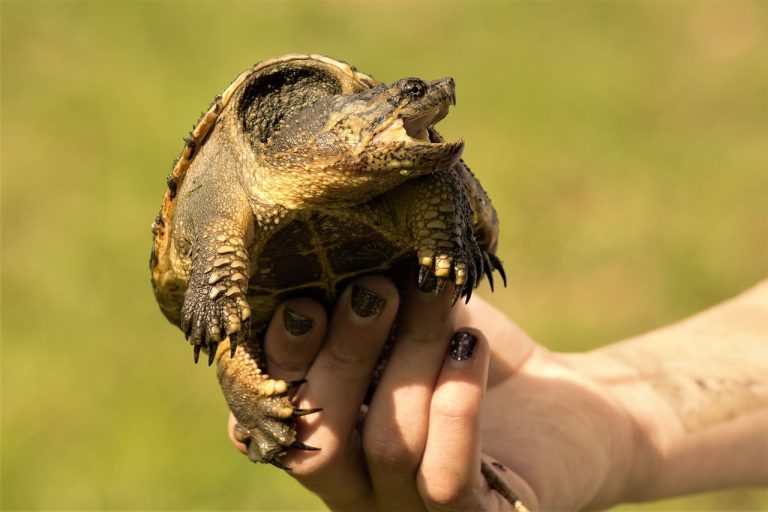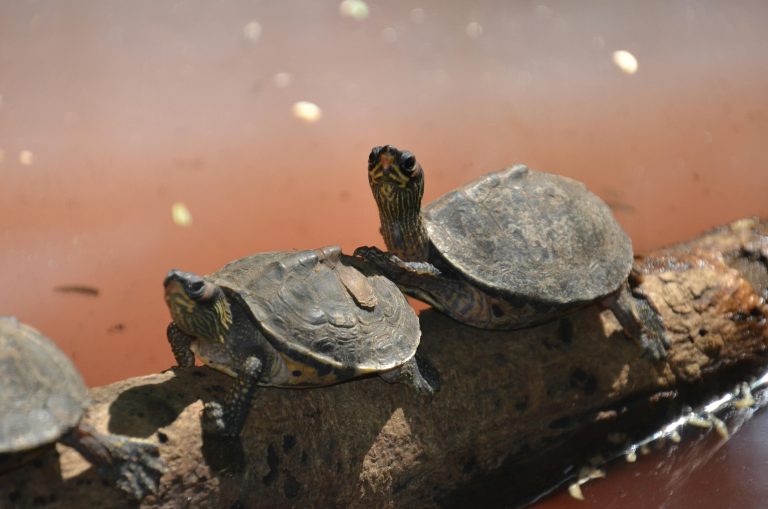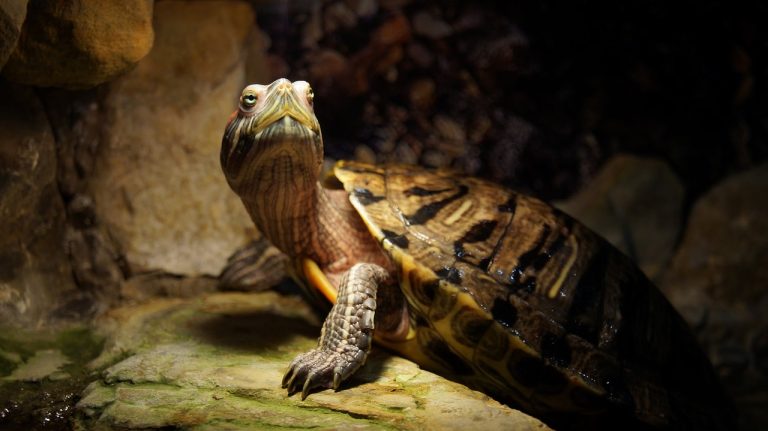What Are The Defense Mechanisms Of Turtles?
Turtles may not be known for their speed, but they have developed effective self-defense strategies to survive and evade predators in the wild. This article explores the defensive mechanisms employed by turtles.
When threatened, turtles typically seek refuge in the nearest water source if available. Alternatively, they retract their entire body into their shell and blend into their surroundings through camouflage. Additionally, turtles may release a musky odor as a deterrent to potential threats. In situations requiring direct confrontation, turtles may resort to biting or kicking as a means of defense.
Keep reading to delve deeper into the intricacies of turtle defensive behaviors and gain a comprehensive understanding of their survival strategies.
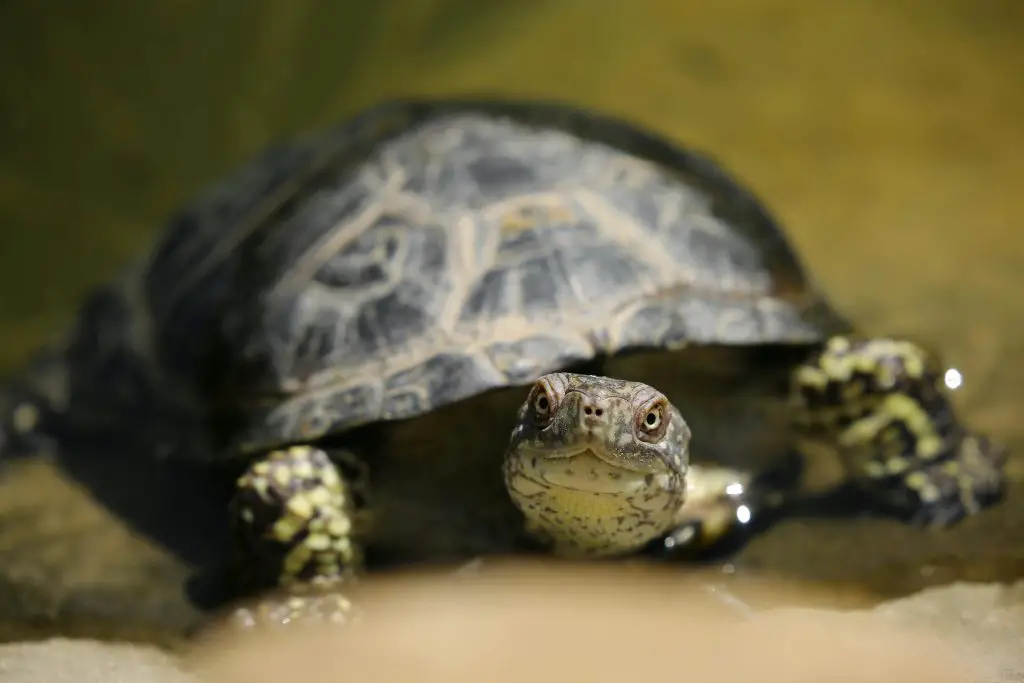
6 Ways How Turtles Save Themselves From Dangers
Turtles excel in aquatic environments, navigating with ease through water. However, their terrestrial movements are hindered by their anatomical characteristics, rendering them slow on land. Consequently, turtles often employ their defensive tactics primarily when confronted by predators on land.
6 Defense Mechanisms of Turtles Explained:
1. Retracting Into The Shell:
Turtles utilize their shells as a protective shield by retracting their limbs inside. The design of the shell varies among species; for instance, box turtles have hinged shells allowing complete withdrawal, while snapping turtles keep their necks exposed due to shell structure.
2. Taking A Bite:
Despite their peaceful nature, turtles defend themselves by biting predators with their sharp jaws and hooked beaks. While not as powerful as snapping turtles, other species like box turtles also employ biting as a defense mechanism.
3. Camouflage:
Turtles excel in blending with their surroundings using their unique shell and skin colors. Species like mata mata turtles or sea turtles use camouflage to hide in their habitats, aiding in evasion from predators.
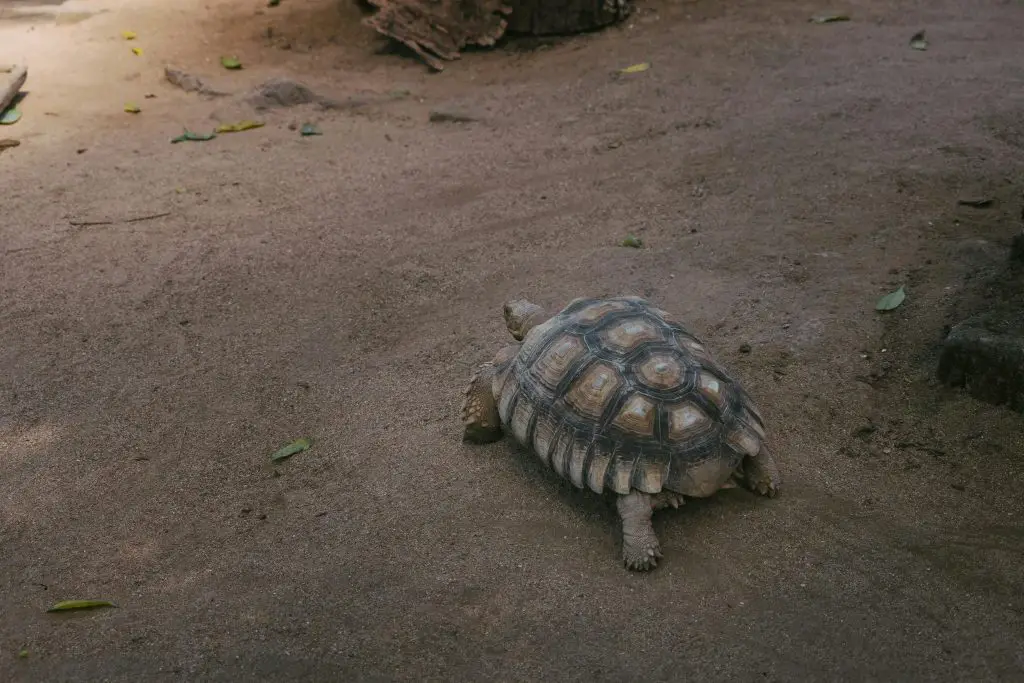
4. Releasing Chemicals:
Some turtle species, like common musk turtles, release musky odors or chemicals from glands to deter predators. This unpleasant scent serves as a defense mechanism, deterring potential threats.
5. Burrowing In The Ground:
Turtles, similar to tortoises, may burrow into the ground for various reasons, including protection from predators, escaping harsh weather conditions, or nesting purposes. This behavior allows them to find refuge and evade danger.
6. Escape & Vocalization:
When threatened, turtles seek refuge in the nearest water body, where they can move faster than on land. Additionally, turtles may vocalize by hissing or grunting to deter predators and communicate distress signals.
Conclusion
Tortoises, like turtles, employ various defense mechanisms to protect themselves from predators. They share similar tactics such as retracting into their shells, biting, and burrowing to evade threats.
Retracting into the shell is a common defense strategy among both turtles and tortoises. When faced with danger, they withdraw their limbs and head into the protective enclosure of their shell, shielding themselves from potential harm.
Additionally, tortoises, like turtles, can deliver powerful bites as a means of defense. Their strong jaws and sharp beaks enable them to inflict significant damage if threatened or provoked. It’s essential to understand the potential danger of tortoise bites and learn how to safely handle these animals to avoid injury.
Furthermore, burrowing is another defensive behavior observed in both turtles and tortoises. They may dig into the ground to seek refuge from predators, escape harsh weather conditions, or find shelter for nesting purposes. Burrowing allows them to create a safe space where they can retreat and remain hidden until the threat passes.
To learn more about the potential dangers of tortoise bites and how to safely interact with these animals, you can explore the provided link for additional information and guidance.
